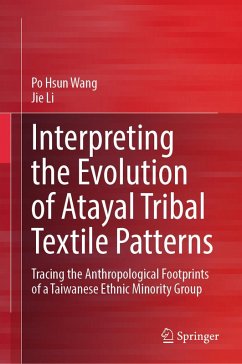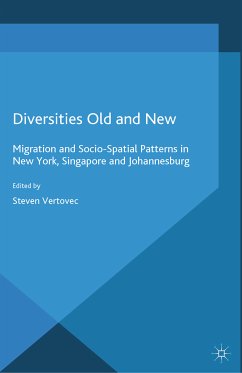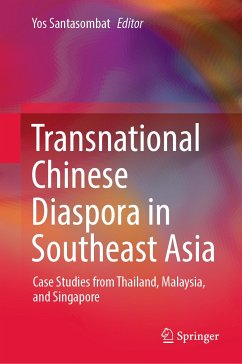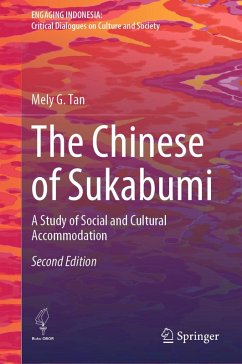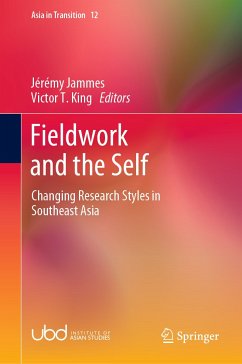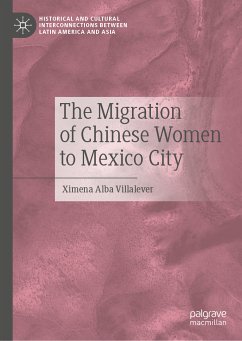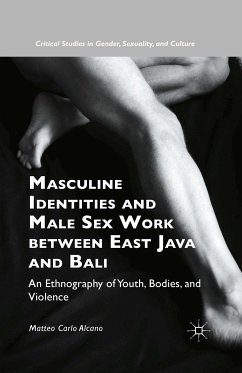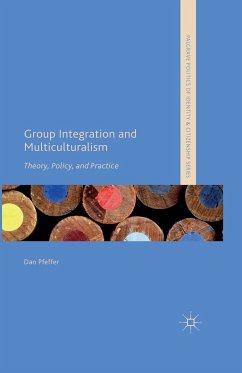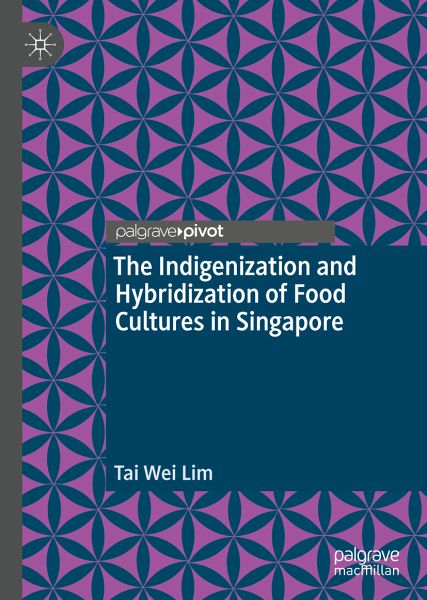
The Indigenization and Hybridization of Food Cultures in Singapore (eBook, PDF)
Versandkostenfrei!
Sofort per Download lieferbar
40,95 €
inkl. MwSt.
Weitere Ausgaben:

PAYBACK Punkte
20 °P sammeln!
This pivot considers the use of porcelain vessels within multi-dialect cultural spaces in the consumption of cooked food in Singapore. In a place of ubiquitous hawker centres and kopitiams (coffee shops), the potteries used to serve hawker foods have a strong presence in the culinary culture of Singaporeans. The book looks at the relationship between those utensils, the food/drinks that are served as well as the symbolic, historical, socio-cultural and socioeconomic implications of using different kinds of porcelain/pottery wares. It also examines the indigenization of foreign foods in Singapo...
This pivot considers the use of porcelain vessels within multi-dialect cultural spaces in the consumption of cooked food in Singapore. In a place of ubiquitous hawker centres and kopitiams (coffee shops), the potteries used to serve hawker foods have a strong presence in the culinary culture of Singaporeans. The book looks at the relationship between those utensils, the food/drinks that are served as well as the symbolic, historical, socio-cultural and socioeconomic implications of using different kinds of porcelain/pottery wares. It also examines the indigenization of foreign foods in Singapore, using two case studies of hipster food - Japanese and Korean. While authentic Japanese and Korean cuisines find resonance amongst the youths of East Asia, some of them have adapted hybrid local features in terms of sourcing for local ingredients due to costs and availability factors. The book considers how these foods are hybridized and indigenized to suit local tastes, fashion and trends, andoffers a key read for East Asian specialists, anthropologists and sociologists interested in East Asian societies.
Dieser Download kann aus rechtlichen Gründen nur mit Rechnungsadresse in A, B, BG, CY, CZ, D, DK, EW, E, FIN, F, GR, HR, H, IRL, I, LT, L, LR, M, NL, PL, P, R, S, SLO, SK ausgeliefert werden.



